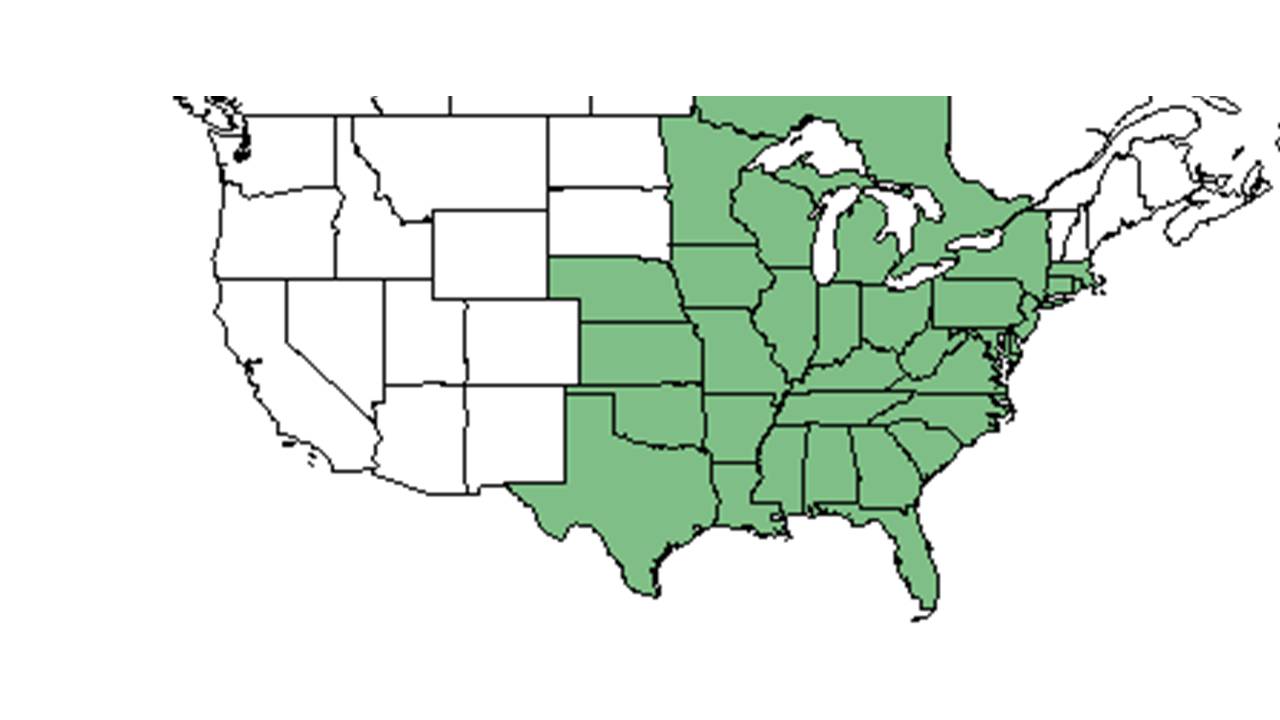Difference between revisions of "Scleria triglomerata"
Krobertson (talk | contribs) |
Krobertson (talk | contribs) |
||
| Line 35: | Line 35: | ||
==Photo Gallery== | ==Photo Gallery== | ||
==References and notes== | ==References and notes== | ||
| − | Florida State University Robert K. Godfrey Herbarium database. URL: [http://herbarium.bio.fsu.edu herbarium.bio.fsu.edu]. Last accessed: | + | Florida State University Robert K. Godfrey Herbarium database. URL: [http://herbarium.bio.fsu.edu http://herbarium.bio.fsu.edu]. Last accessed: June 2014 Collectors: States and Counties: Compiled by Tall Timbers Research Station and Land Conservancy. |
Revision as of 12:12, 12 June 2015
| Scleria triglomerata | |
|---|---|

| |
| Scientific classification | |
| Kingdom: | Plantae |
| Division: | Magnoliophyta – Flowering plants |
| Class: | Liliopsida – Monocotyledons |
| Order: | Cyperales |
| Family: | Cyperaceae |
| Genus: | Scleria |
| Species: | S. triglomerata |
| Binomial name | |
| Scleria triglomerata Michx. | |

| |
| Natural range of Scleria triglomerata from USDA NRCS Plants Database. | |
Contents
Description
Distribution
Ecology
Habitat
Occurs in seepage slopes, interdunal pine flatwoods, edges of ponds and swamps, steepheads, live oak-cabbage palm hammock, calcareous hammock, swampy savanna with dwarf pond cypress, shaded floodplain woods, river banks under hardwood trees, and sandhill scrub. Occurs in disturbed areas such as recently cleared woods and shrub bogs, fallow fields, power lines, and vehicle trails. Generally occurs in moist areas. Soils range from sand, mucky sand, loamy sand, sandy loam, and loam. Found in shady to open environments (FSU).
Phenology
Seed dispersal
Seed bank and germination
Fire ecology
Found in annually burned pinelands.
Pollination
Use by animals
Diseases and parasites
Conservation and Management
Cultivation and restoration
Photo Gallery
References and notes
Florida State University Robert K. Godfrey Herbarium database. URL: http://herbarium.bio.fsu.edu. Last accessed: June 2014 Collectors: States and Counties: Compiled by Tall Timbers Research Station and Land Conservancy.